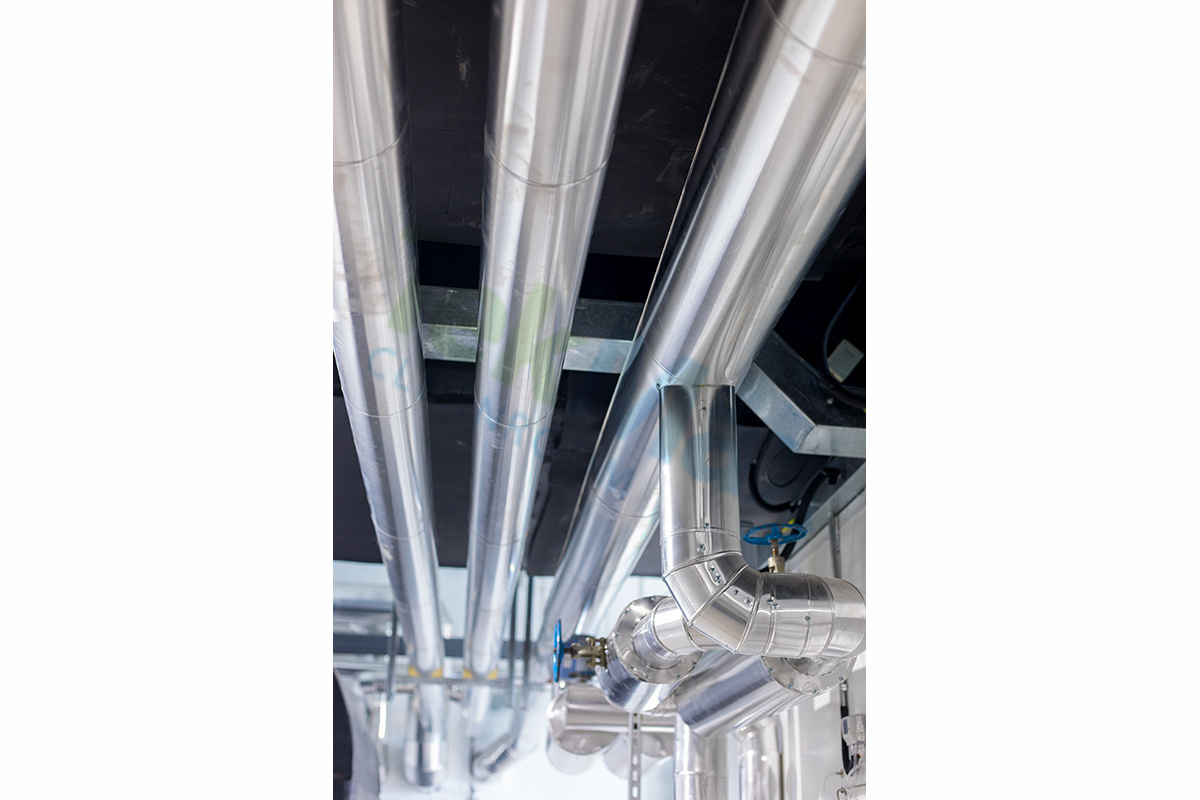Factory Cheap Hot Gas Piping System - Process pipeline insulation – TekMax
Factory Cheap Hot Gas Piping System - Process pipeline insulation – TekMax Detail:
Pipeline insulation layer is also called thermal pipeline insulation layer, which refers to the layer structure wrapped around the pipeline that can play the role of heat preservation and heat insulation. The pipeline insulation layer is usually composed of three layers: insulation layer, protective layer, and waterproof layer. No waterproof layer is required for indoor pipelines. The main function of the insulation layer is to reduce heat loss, therefore, it must be composed of materials with lower thermal conductivity. The outer surface of the insulation layer is generally made of asbestos fiber and cement mixture to make the asbestos cement shell protective layer, and its function is to protect the insulation layer. The outer surface of the protective layer is a waterproof layer to prevent moisture from entering the insulation layer. The waterproof layer is often made of oil felt, iron sheet or brushed glass cloth.
The layer structure laid on the periphery of the pipeline that can play the role of heat preservation and heat insulation generally consists of the following parts:
1) Anti-corrosion layer: Brush anti-rust paint twice on the outer surface of the pipeline;
2) Thermal insulation layer: thermal insulation and thermal insulation material layer;
3) Moisture-proof layer: to prevent moisture from entering the insulation layer, it is generally wrapped with linoleum, and the joints are coated with asphalt mastic, usually used for cold pipelines;
4) Protective layer: To protect the insulation layer from damage, it is usually wrapped with glass cloth on the surface of the intermittent layer;
5) Colored layer: Paint the specified color on the outside of the protective layer to distinguish the fluid in the pipeline.
The purpose of pipe insulation is:
1) Reduce the heat dissipation loss of the medium to meet the pressure and temperature required by the production;
2) Improve working conditions and environmental sanitation;
3) Prevent pipeline corrosion and extend its service life.
Product detail pictures:

Related Product Guide:
To continually enhance the management technique by virtue of your rule of "sincerely, great faith and high-quality are the base of company development", we widely absorb the essence of similar merchandise internationally, and continuously build new merchandise to meet the demands of customers for Factory Cheap Hot Gas Piping System - Process pipeline insulation – TekMax , The product will supply to all over the world, such as: Saudi Arabia, Denver, El Salvador, Qualified R&D engineer will be there for your consultation service and we will try our best to meet your requirements. So please feel free to contact us for inquiries. You'll be able to send us emails or call us for small business. Also you are able to come to our business by yourself to get further knowing of us. And we will surely give you the best quotation and after-sale service. We're ready to build stable and friendly relations with our merchants. To achieve mutual success, we will make our best efforts to build a solid co-operation and transparent communication work with our companions. Above all, we are here to welcome your inquiries for any of our goods and service.
Although we are a small company, we are also respected. Reliable quality, sincere service and good credit, we are honored to be able to work with you!






